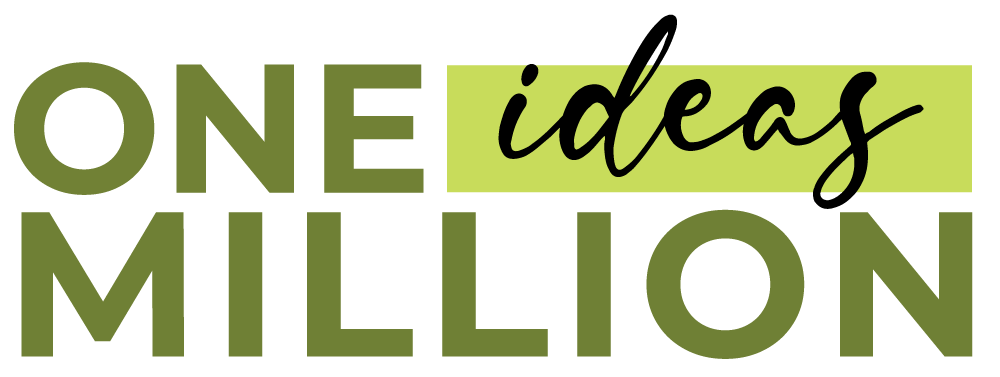Growing cabbage in containers is a space-savvy gardening solution and is perfectly suitable for those with limited garden space or challenging soil conditions. Cabbages, with their leafy green heads and versatility in the kitchen, can flourish in containers if provided with the right care. To watch this nutritious vegetable growing on patios, balconies, or even in small backyard spaces, all you need to do is scroll down this article to learn how to grow cabbages in containers.
The Step-by-step Guide
Step 1: Choosing And Preparing Containers
Selecting the right containers is crucial for the success of your harvest. Opt for large, sturdy containers with a minimum depth of 12 inches to accommodate the extensive root systems of cabbage plants. Ensure that your chosen containers have drainage holes to prevent waterlogging, a common issue that can lead to root rot.
When it comes to soil, cabbages thrive in well-draining, nutrient-rich soil. Use a high-quality potting mix enriched with organic matter like compost. Fill your containers, leaving about an inch from the top to allow for easy watering.
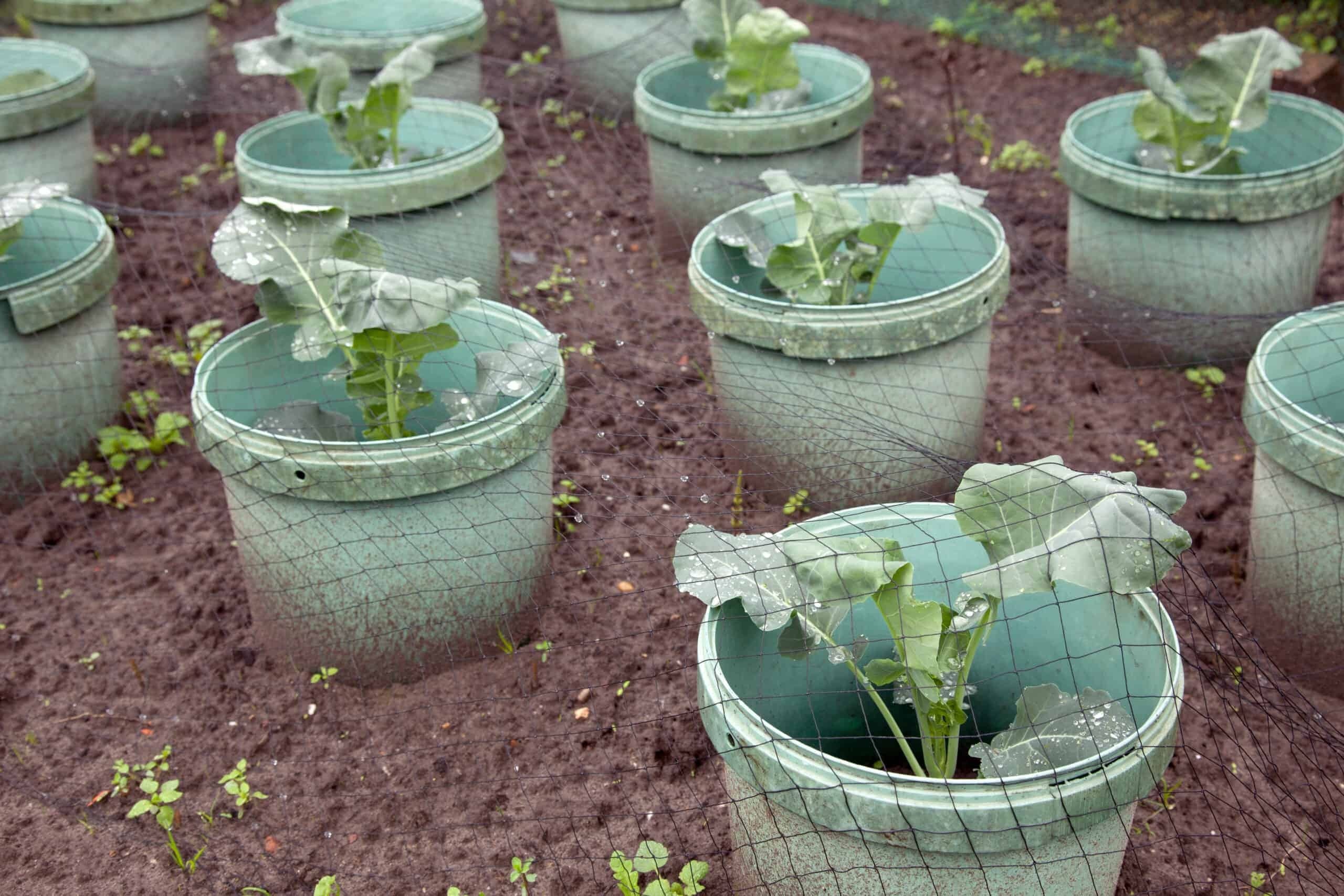
Step 2: Planting Cabbages In Containers
Cabbage seeds or seedlings can be planted directly in the containers. If starting from seeds, sow them about ¼ to ½ inch deep in the prepared soil. Water gently after planting, keeping the soil consistently moist until seedlings emerge.
For container cabbage gardening, you can also opt for young cabbage plants from a nursery or garden center. Transplant them into the containers, burying them up to their first set of leaves. Maintain proper spacing, typically about 12 to 18 inches apart, to allow adequate room for growth.
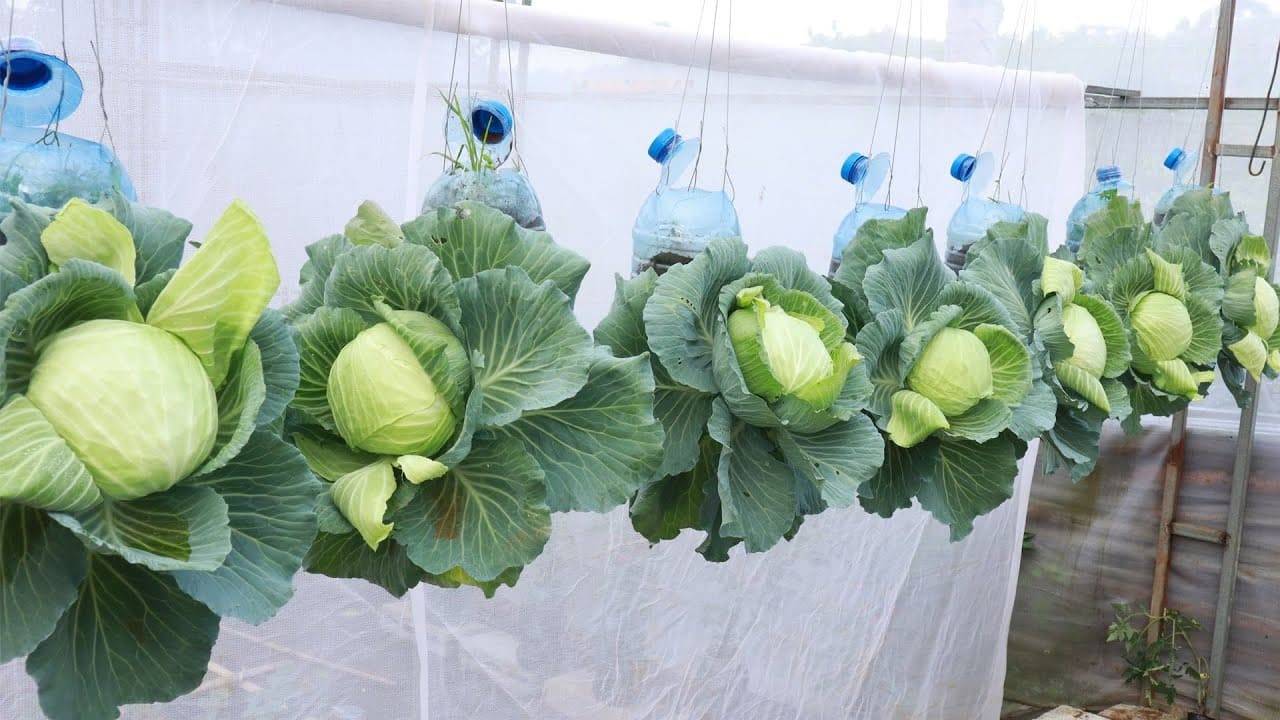
Step 3: Taking Care Of Cabbage
1. Watering
Cabbages prefer consistently moist soil. You should water them regularly, aiming for at least 1 to 1.5 inches of water per week, though you might need more if you have very fast-draining soil. Ensure that the soil doesn’t dry out completely between waterings.
2. Fertilizer
Cabbages are heavy feeders, it quickly depletes the soil of nutrients and needs a steady supply of water and nutrients throughout its growth. That’s why they should be fertilized with a balanced, water-soluble fertilizer every 3 to 4 weeks. Ensure the fertilizer has a higher ratio of nitrogen to promote leafy growth.
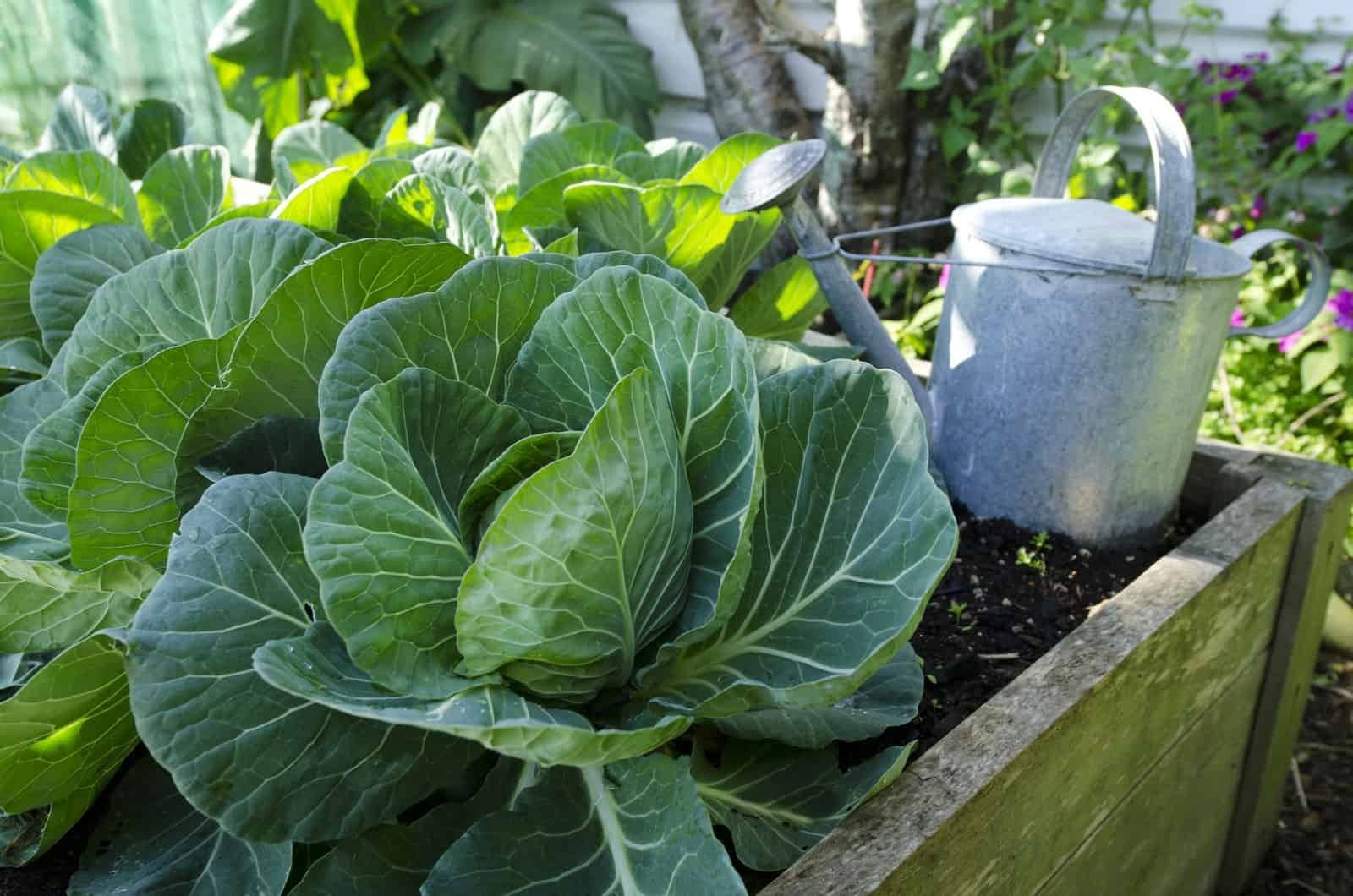
3. Support
Cabbage does not need any support structure, as it grows close to the ground and has a sturdy stem. However, you can stake or cage the plants if they are exposed to strong winds or heavy rains that might topple them over.
4. Pest And Diseases
Cabbage is susceptible to several pests and diseases, such as cabbage worms, aphids, flea beetles, cutworms, root maggots, clubroot, black rot, and downy mildew. Neem oil or insecticidal soap can be used for natural pest control. Additionally, you can practice crop rotation to help prevent soil-borne diseases.

Step 4: Harvest And Storage
1. Harvest
Cabbage is ready to harvest when the heads are firm and reach the desired size, which is typically 70 to 90 days after planting. To harvest, cut the stem just below the head with a sharp knife. Leave a few outer leaves attached to protect the head from bruising. You can also harvest the smaller heads that form on the sides of the stem after the main head is removed.
2. Storage
For storage, cabbages can be kept in a cool, dark place for short-term use. For longer storage, consider fermenting or making sauerkraut. Alternatively, blanch and freeze cabbage for use in cooked dishes throughout the year.
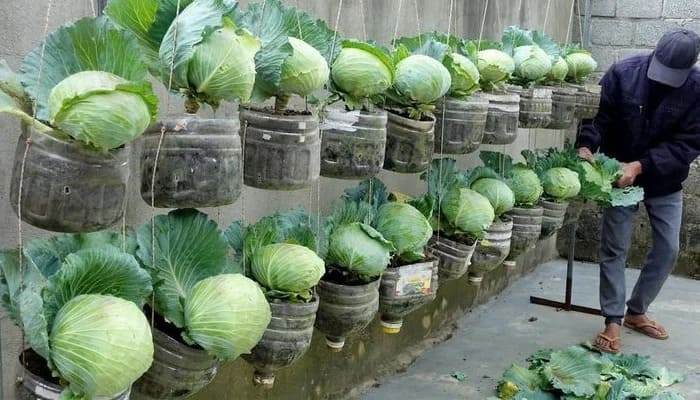
Other Tips For Success
- Sunlight: Cabbages thrive in full sun. Ensure your containers receive at least 6 to 8 hours of direct sunlight daily.
- Temperature: Cabbages prefer cool temperatures. In warmer climates, plant them in the fall for a better harvest.
- Mulching: Apply a layer of mulch around the base of the cabbage plants to conserve moisture, suppress weeds, and maintain even soil temperatures.
- Successive Planting: For a continuous harvest, consider successive planting. Plant new seeds or seedlings every 2 to 3 weeks.
- Companion Planting: Planting cabbages alongside companion plants like onions and herbs can help deter pests.
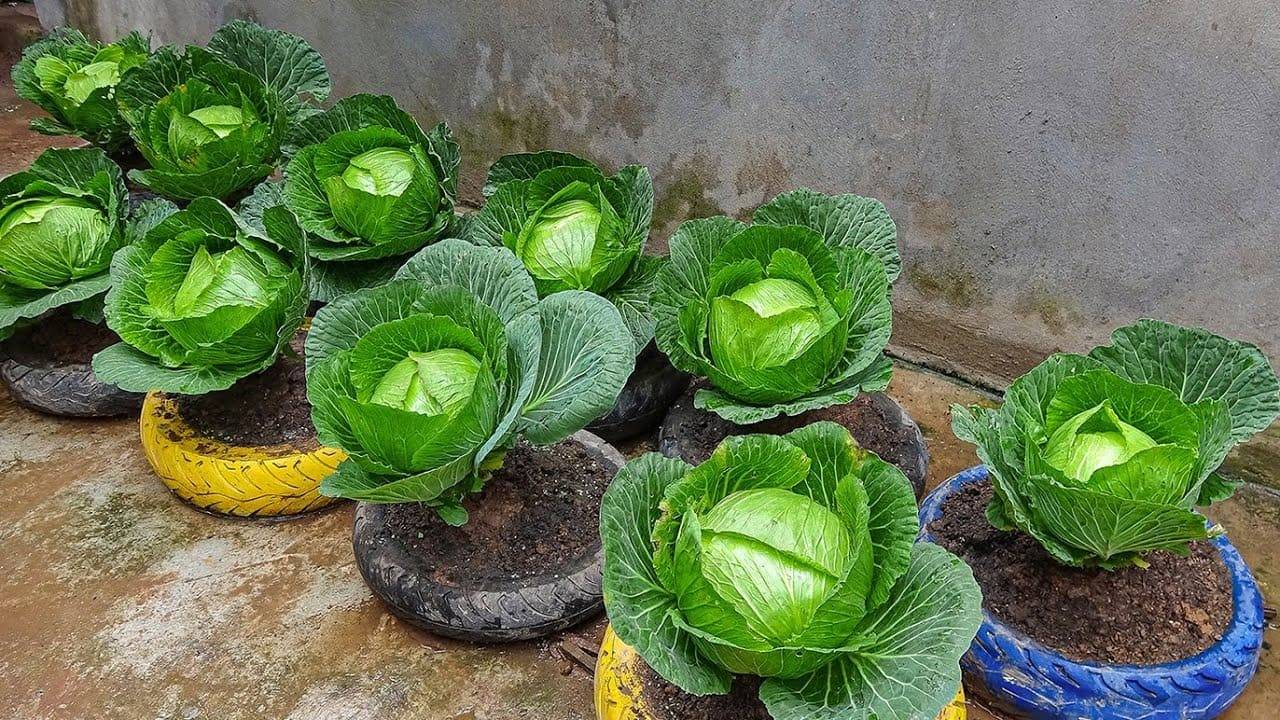
By following these comprehensive steps and tips, you’ll be on your way to cultivating healthy, delicious cabbages in containers. Whether you’re a seasoned gardener or a novice, container gardening makes growing this versatile vegetable achievable for all.
